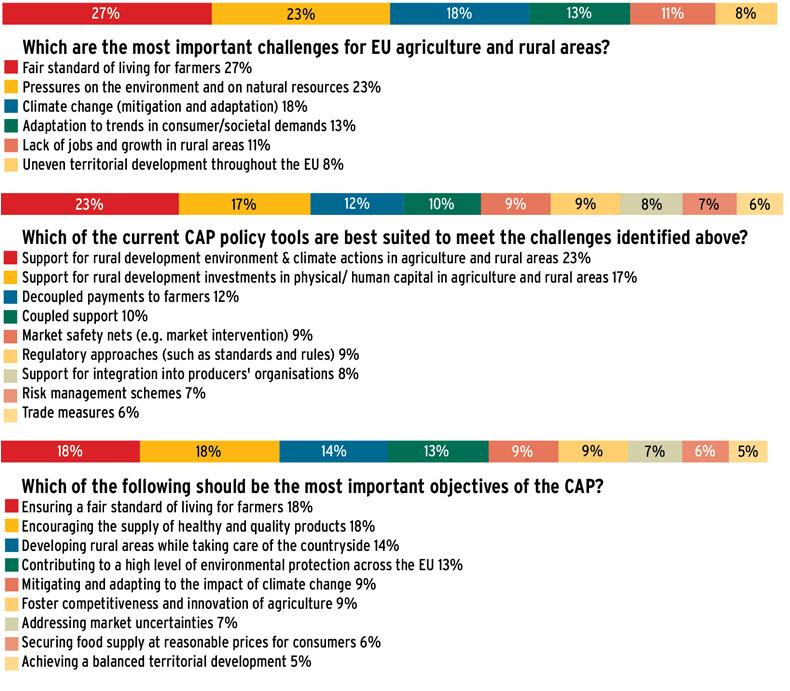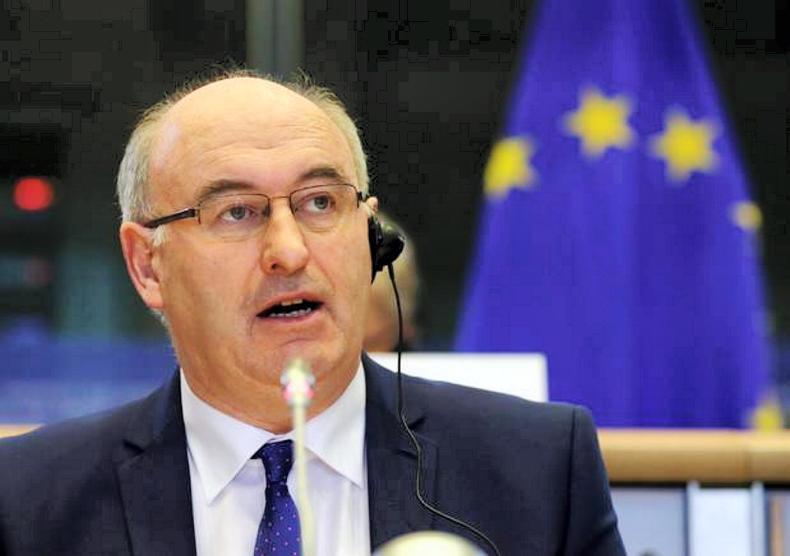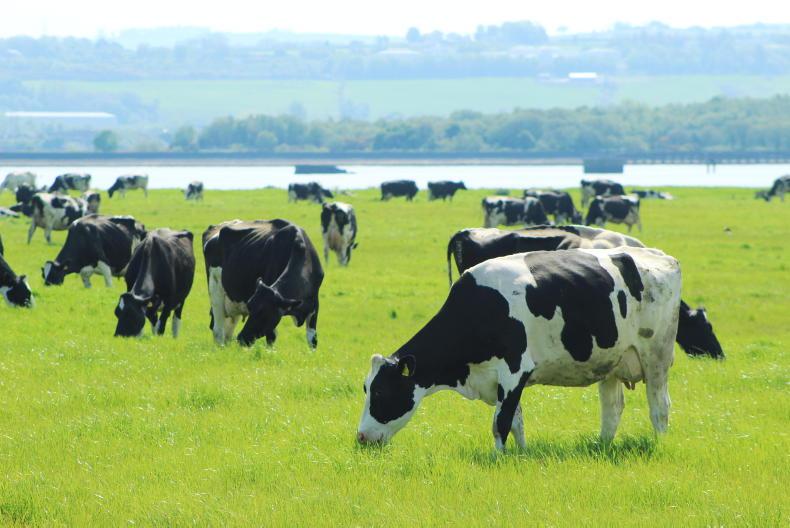The European Commission is currently preparing its communication on the future CAP, which is expected in November. The document will form the draft for the future shape of the EU’s agricultural policy after 2020, and European Commissioner for Agriculture Phil Hogan said at the start of the process last February that he envisioned “a future CAP being more environmentally friendly/sustainable, better attuned to the needs of generational renewal, designed to counteract price volatility”.
The Commission conducted a public consultation in the spring to collect views on the subject. The questionnaire attracted a record 58,520 individual responses, and 1,423 organisations submitted their own position papers.

When asked to choose from a list of objectives for the next CAP, farmers said maintaining their standard of living should be the top priority, but other citizens placed food safety and environmental protection well ahead of farm incomes. Neither placed much emphasis on lowering food prices.
The consultation also opened suggestions for new CAP objectives, and large numbers of respondents mentioned more sustainable agricultural practices ranging from organic farming to better animal welfare. Jobs in agriculture and in the wider rural economy, as well as market stability, also emerged as priorities.
To tackle these challenges, nearly all respondents agreed that the CAP should continue. A majority said that rural development measures were the best way forward. Farmers, non-farmers and organisations alike preferred agri-environmental schemes such as GLAS or capital investment programmes such as TAMS over direct payments and market or regulatory measures.
This led to diverging views on the current structure of the CAP in two pillars – one for direct payments available to all farmers, and two for rural development measures targeting specific actions. At the Cork 2.0 conference on rural development last year, former Commissioner Franz Fischler, who introduced them 20 years ago, said it was time to “overcome the pillar structure”.
Commissioner Hogan said he was “not hung up on whether there was pillar one, two, three or four”. He also promoted new objectives for rural development, such as delivering broadband.
The Cork conference suggested new ways of generating more support with less public funds. As reported last week, Brexit is expected to leave a gap in the EU budget. Using CAP money to guarantee loans or insurance schemes was one of the solutions discussed. One example of this was this year’s cheap agri-loans schemes in Ireland, whereby €25m in Government and EU funds were used to subsidise reduced interest rates on a €150m loan fund.
The CAP consultation placed a strong emphasis on fairness, with calls for better consideration for younger and smaller farmers. The Commission has committed to including the work of the Agricultural Markets Task Force, which is examining the weak position of farmers in the food value chain.
“The level of administrative burden is perceived by many participants as being too high,” the consultation summary also noted.
Read more
CAP 2020: the view from European capitals
CAP 2020: farm reps defend existing CAP
CAP 2020: environmentalists well organised for CAP debate
The European Commission is currently preparing its communication on the future CAP, which is expected in November. The document will form the draft for the future shape of the EU’s agricultural policy after 2020, and European Commissioner for Agriculture Phil Hogan said at the start of the process last February that he envisioned “a future CAP being more environmentally friendly/sustainable, better attuned to the needs of generational renewal, designed to counteract price volatility”.
The Commission conducted a public consultation in the spring to collect views on the subject. The questionnaire attracted a record 58,520 individual responses, and 1,423 organisations submitted their own position papers.

When asked to choose from a list of objectives for the next CAP, farmers said maintaining their standard of living should be the top priority, but other citizens placed food safety and environmental protection well ahead of farm incomes. Neither placed much emphasis on lowering food prices.
The consultation also opened suggestions for new CAP objectives, and large numbers of respondents mentioned more sustainable agricultural practices ranging from organic farming to better animal welfare. Jobs in agriculture and in the wider rural economy, as well as market stability, also emerged as priorities.
To tackle these challenges, nearly all respondents agreed that the CAP should continue. A majority said that rural development measures were the best way forward. Farmers, non-farmers and organisations alike preferred agri-environmental schemes such as GLAS or capital investment programmes such as TAMS over direct payments and market or regulatory measures.
This led to diverging views on the current structure of the CAP in two pillars – one for direct payments available to all farmers, and two for rural development measures targeting specific actions. At the Cork 2.0 conference on rural development last year, former Commissioner Franz Fischler, who introduced them 20 years ago, said it was time to “overcome the pillar structure”.
Commissioner Hogan said he was “not hung up on whether there was pillar one, two, three or four”. He also promoted new objectives for rural development, such as delivering broadband.
The Cork conference suggested new ways of generating more support with less public funds. As reported last week, Brexit is expected to leave a gap in the EU budget. Using CAP money to guarantee loans or insurance schemes was one of the solutions discussed. One example of this was this year’s cheap agri-loans schemes in Ireland, whereby €25m in Government and EU funds were used to subsidise reduced interest rates on a €150m loan fund.
The CAP consultation placed a strong emphasis on fairness, with calls for better consideration for younger and smaller farmers. The Commission has committed to including the work of the Agricultural Markets Task Force, which is examining the weak position of farmers in the food value chain.
“The level of administrative burden is perceived by many participants as being too high,” the consultation summary also noted.
Read more
CAP 2020: the view from European capitals
CAP 2020: farm reps defend existing CAP
CAP 2020: environmentalists well organised for CAP debate













SHARING OPTIONS